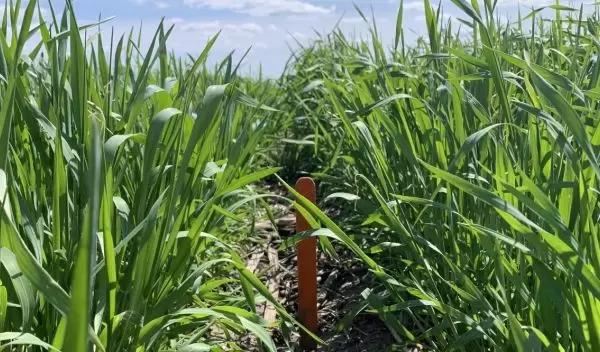
Advanced model and field data add up to better cover crop management
Cover crops are widely seen as one of the most promising conservation practices, improving soil health while removing carbon from the atmosphere. But while the number of Midwestern farmers planting cover crops has increased markedly in recent years, only about 5% have adopted the conservation practice, according to the U.S. Department of Agriculture. The reluctance of the other 95% may be due in part to a perception that cover crops require more effort and may affect the yields of cash crops, which are planted for profit.
New U.S. National Science Foundation-funded research by the University of Illinois Urbana-Champaign sheds light on how cover crops compete with summer cash crops and affect the dynamics of water, nitrogen and oxygen in the soil.
The researchers used a sophisticated mathematical model validated by five years of experimental field data collected from sites across Illinois. By incorporating intermediate factors, the model explained why cover crops interfere with cash crop yield -- the two types of crops compete for common resources in the soil, including water, nitrogen and oxygen. But context matters and the impacts are species-specific.
"Cover cropping requires management, otherwise cover crops compete with corn and soybean and can cause some yield loss," said Kaiyu Guan, senior author of the new study published in Field Crops Research. "With proper management, however, farmers could use the right cover crop types and find the optimal growth window to plant to achieve benefits and minimize impacts on cash crops."
The process-based model allows researchers to identify the underlying drivers of cover crop effects on cash crop yield, including cover crop type; timing of cover crop termination; and soil factors such as water, nitrogen, oxygen and soil temperature.
"This research contributes to the advancement of precision agriculture approaches and methods," said Bruce Hamilton, a program director in NSF’s Directorate for Engineering.


